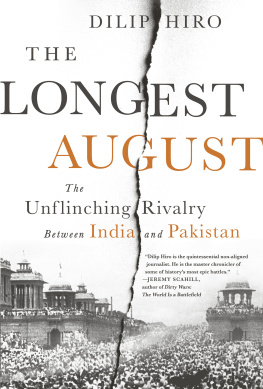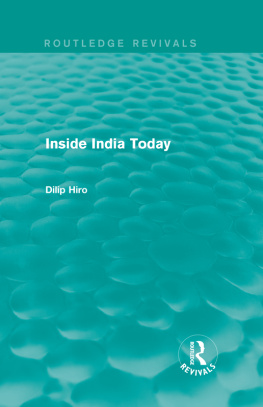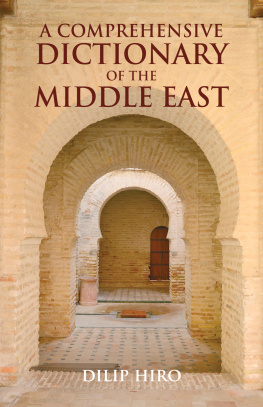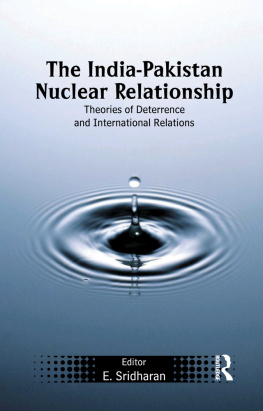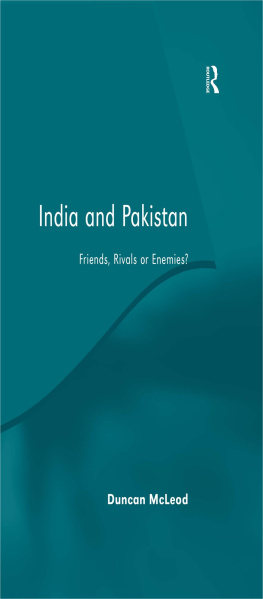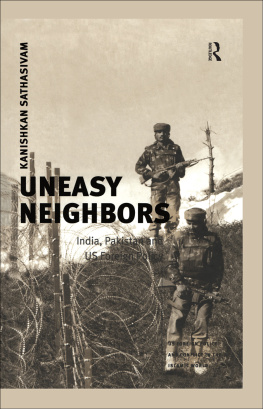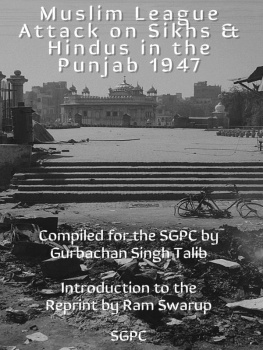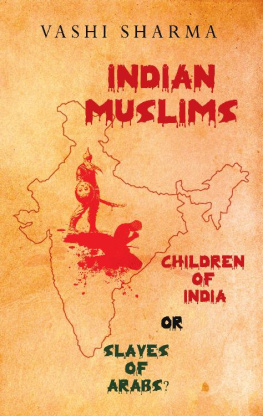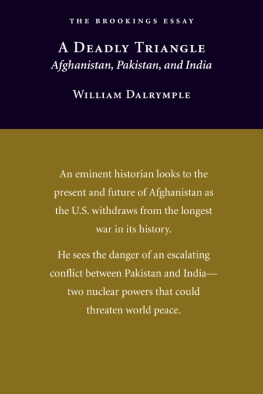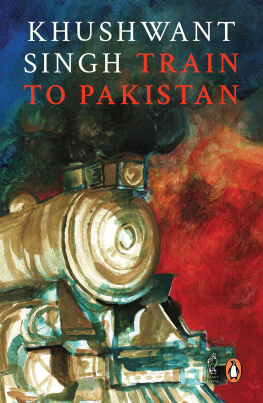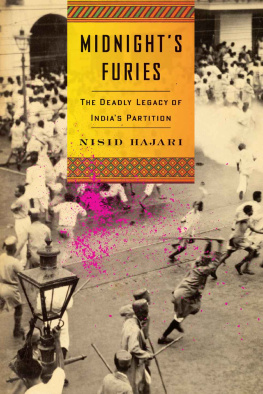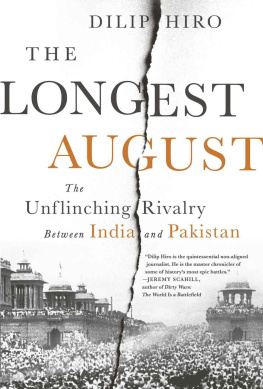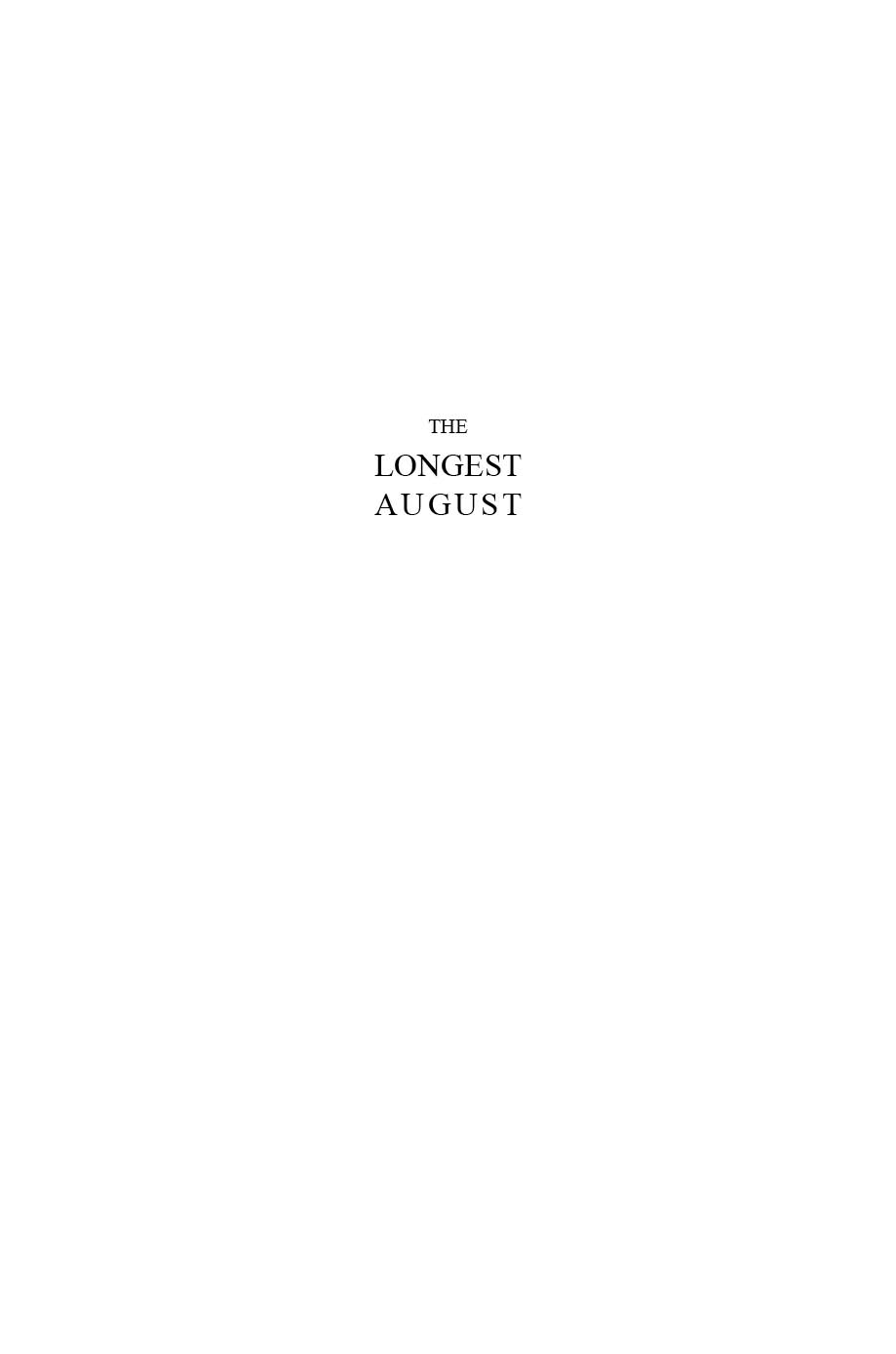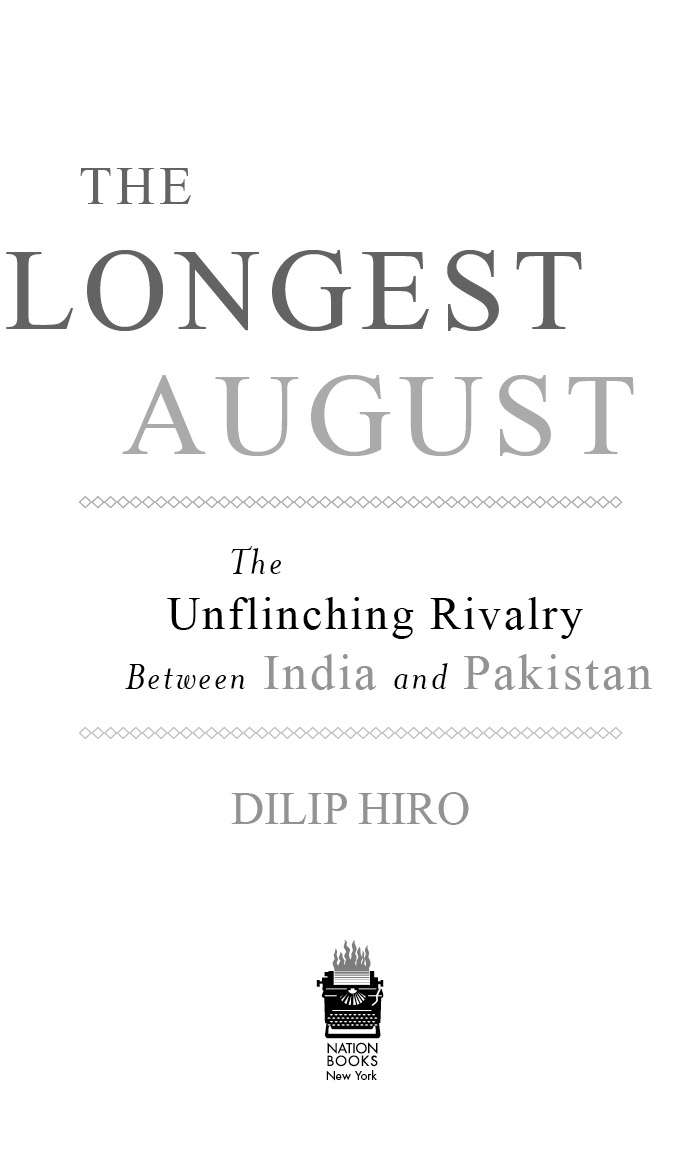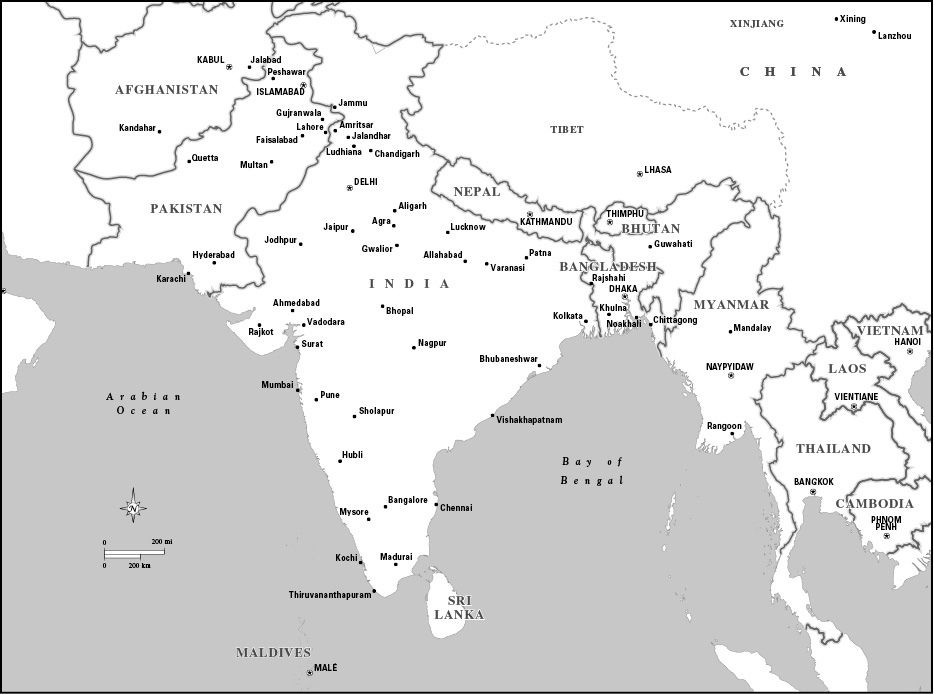Also by Dilip Hiro
Nonfiction
A Comprehensive Dictionary of the Middle East (2013)
Apocalyptic Realm: Jihadists in South Asia (2012)
After Empire: The Birth of a Multipolar World (2010) (short-listed for Mirabaud Prize, Geneva, 2011)
Inside Central Asia: A Political and Cultural History of Uzbekistan, Turkmenistan, Kazakhstan, Kyrgyzstan, Tajikistan, Turkey, and Iran (2009) (on Financial Times List of Best History Books of the Year)
Blood of the Earth: The Battle for the Worlds Vanishing Oil Resources (2007)
The Timeline History of India (2006)
The Iranian Labyrinth: Journeys through Theocratic Iran and Its Furies (2005)
Secrets and Lies: Operation Iraqi Freedom and After (2004) (on Financial Times List of Best Politics and Religion Books of the Year; long-listed for the George Orwell Prize for Political Writing)
The Essential Middle East: A Comprehensive Guide (2003)
Iraq: In the Eye of the Storm (2003)
War Without End: The Rise of Islamist Terrorism and Global Response (2002)
The Rough Guide History of India (2002)
Neighbors, Not Friends: Iraq and Iran after the Gulf Wars (2001)
Sharing the Promised Land: A Tale of Israelis and Palestinians (1999)
Dictionary of the Middle East (1996)
The Middle East (1996)
Between Marx and Muhammad: The Changing Face of Central Asia (1995)
Lebanon, Fire and Embers: A History of the Lebanese Civil War (1993)
Desert Shield to Desert Storm: The Second Gulf War (1992)
Black British, White British: A History of Race Relations in Britain (1991)
The Longest War: The Iran-Iraq Military Conflict (1991)
Holy Wars: The Rise of Islamic Fundamentalism (1989, re-issued 2013)
Iran: The Revolution Within (1988)
Iran under the Ayatollahs (1985, re-issued 2011)
Inside the Middle East (1982, re-issued 2013)
Inside India Today (1977, re-issued 2013)
The Untouchables of India (1975)
Black British, White British (1973)
The Indian Family in Britain (1969)
Fiction
Three Plays (1985)
Interior, Exchange, Exterior (poems, 1980)
Apply, Apply, No Reply & A Clean Break (two plays, 1978)
To Anchor a Cloud (play, 1972)
A Triangular View (novel, 1969)
Copyright 2015 by Dilip Hiro
Published by Nation Books, A Member of the Perseus Books Group
116 East 16th Street, 8th Floor
New York, NY 10003
Nation Books is a co-publishing venture of the Nation Institute and the Perseus Books Group
All rights reserved. Printed in the United States of America. No part of this book may be reproduced in any manner whatsoever without written permission except in the case of brief quotations embodied in critical articles and reviews. For information, address the Perseus Books Group, 250 West 57th Street, 15th Floor, New York, NY 10107.
Books published by Nation Books are available at special discounts for bulk purchases in the United States by corporations, institutions, and other organizations. For more information, please contact the Special Markets Department at the Perseus Books Group, 2300 Chestnut Street, Suite 200, Philadelphia, PA 19103, or call (800) 810-4145, ext. 5000, or e-mail .
Typeset in 11.5 point Adobe Caslon Pro by the Perseus Books Group
Library of Congress Cataloging-in-Publication Data
Hiro, Dilip.
The longest August : the unflinching rivalry between India and Pakistan / Dilip Hiro.
pages cm
Includes bibliographical references and index.
ISBN 978-1-56858-734-9 (hardcover) ISBN 978-1-56858-503-1 (e-book) 1. IndiaForeign relationsPakistan. 2. PakistanForeign relations India. I. Title.
DS450.P18H57 2014
327.5405491 dc23
2014045994
ISBN: 978-1-56858-515-4 (INTL)
10 9 8 7 6 5 4 3 2 1
Contents
South Asia and Its Neighbors
United Punjab in 1946 with the Partitioning Line of August 14, 1947
Pakistan Excluding Pakistan-Administered Jammu and Kashmir
The first colony of the British Empire that was partitioned at the time of acquiring a Dominion status within the British Commonwealth of Nations was Ireland. On December 6, 1922, exercising its right under the Anglo-Irish Treaty of December 1921, Protestant-majority Northern Ireland seceded from the Irish Free State to remain part of the British Empire. It was the historic tension between Protestants and Catholics, dating back to the Battle of Boyne in 1690 between Protestant William III of Orange and Catholic James II, which led to the division of Ireland.
A quarter century after Irelands partition, the Indian subcontinent became the next colony of Britain to end up divided into the Dominion of India and the Dominion of Pakistan. Irreconcilable tensions between majority Hindus and minority Muslims were the cause of this. The buildup to this partition, its enforcement, and its immediate and later consequences were of far greater import to the region and the world at large than the division of Ireland.
What was common between the two partitions was religious affiliation. In the case of Ireland, it was different sects within Christianity, whereas in united but colonized India it was a clash between polytheistic Hinduism and monotheistic Islam. In sheer numbers, there were 250 million Hindus and 90 million Muslims in the subcontinent on the eve of the partition. Together, they formed nearly one-fifth of the human race.
As a result of the two-way migration of minorities across the new borders created in August 1947, millions of families were uprooted from their hearths and homes of centuries. They left behind their immovable properties and most of the movable goods. The respective governments confiscated the assets of the departed with a plan to compensate those on the other side who had lost their worldly possessions because of the partition. This scheme worked well in the two parts of Punjab and adjoining Delhi, even though the aggregate assets of the Hindus and Sikhs in West Punjab exceeded those of the Muslims in East Punjab and Delhi.
The case of the small province of Sindh differed from Punjabs in two ways. It remained united, and it was spared the communal carnage of Punjab. But in two major cities of Sindh the limited violence against Hindus, who were far better off economically and educationally than Muslims, was enough to cause a steady exodus of Sindhi Hindus. Unlike the Hindus and Sikhs of West Pakistan, however, they did not have a part of Sindh retained by pre-independence India to which they could migrate. As a consequence, traveling in comparatively small numbers over many months by train and ship, they ended up in Indian cities and large towns along an arc in western India, stretching from Delhi to the southern reaches of Bombay province, which was populated solely by the Marathi-speaking people.

